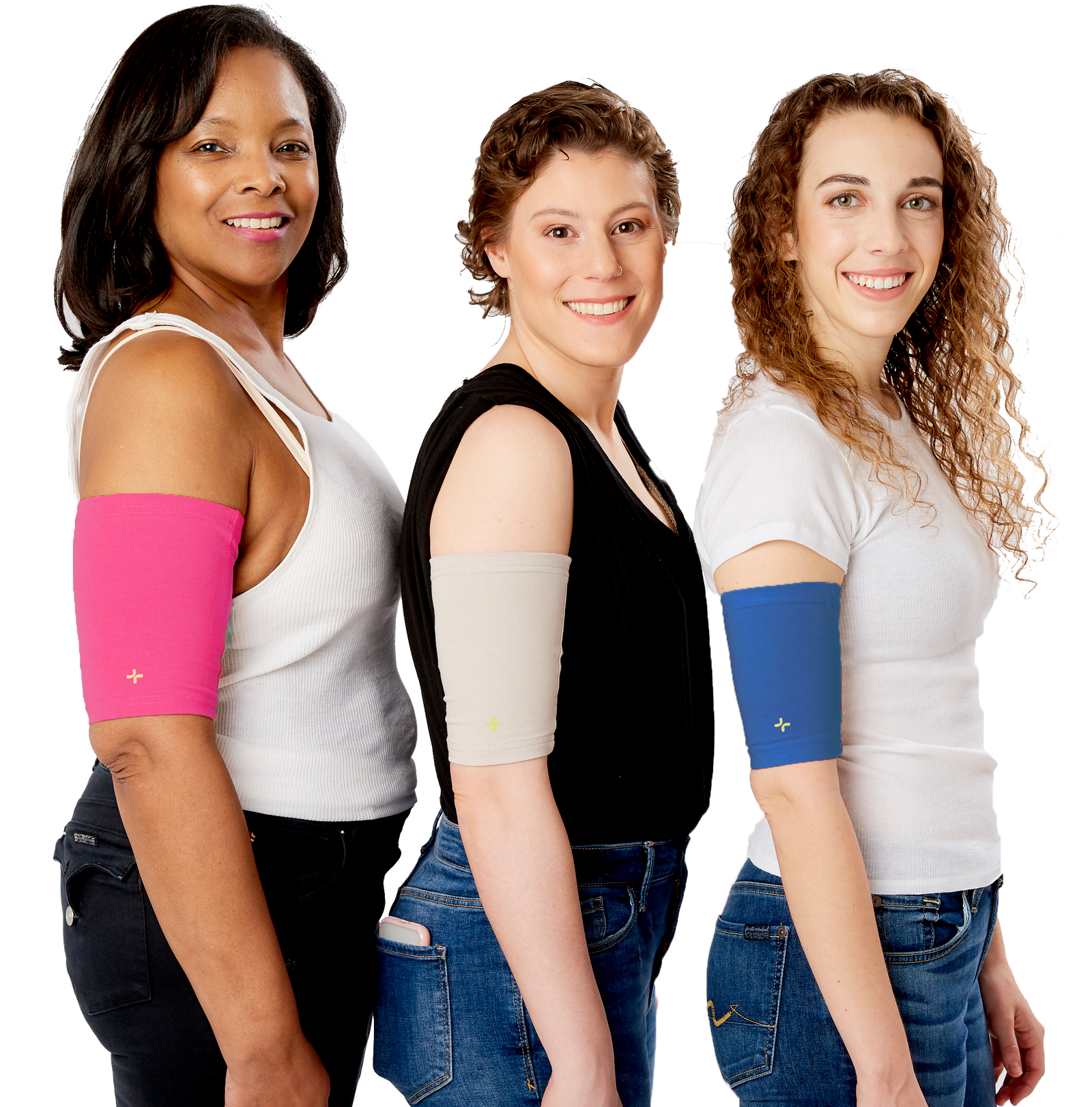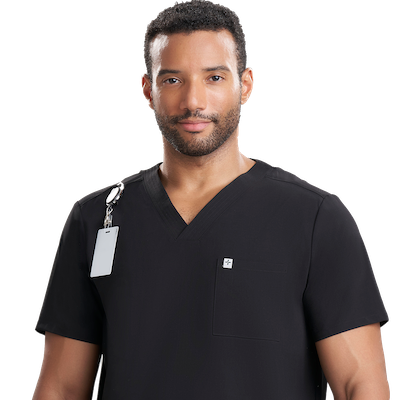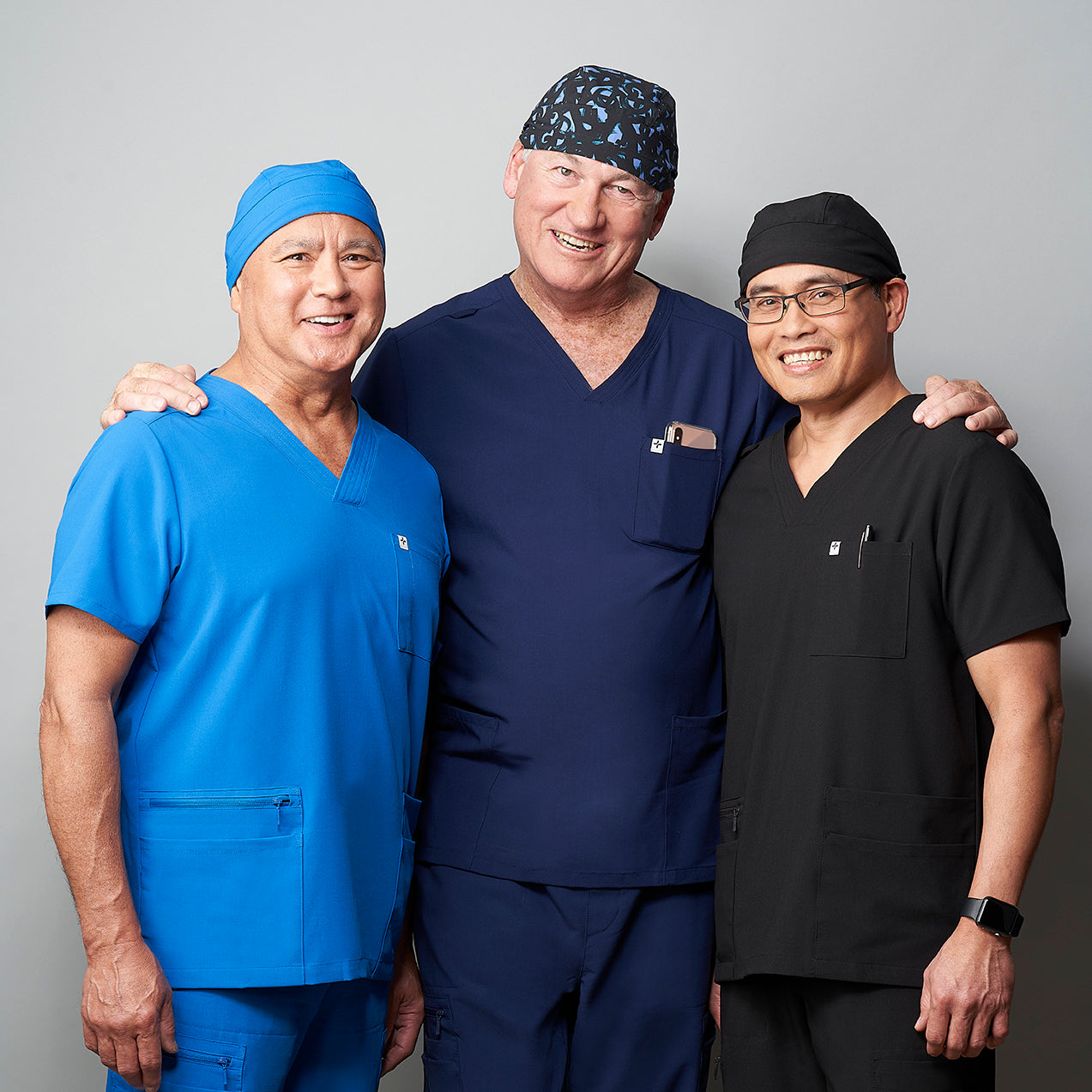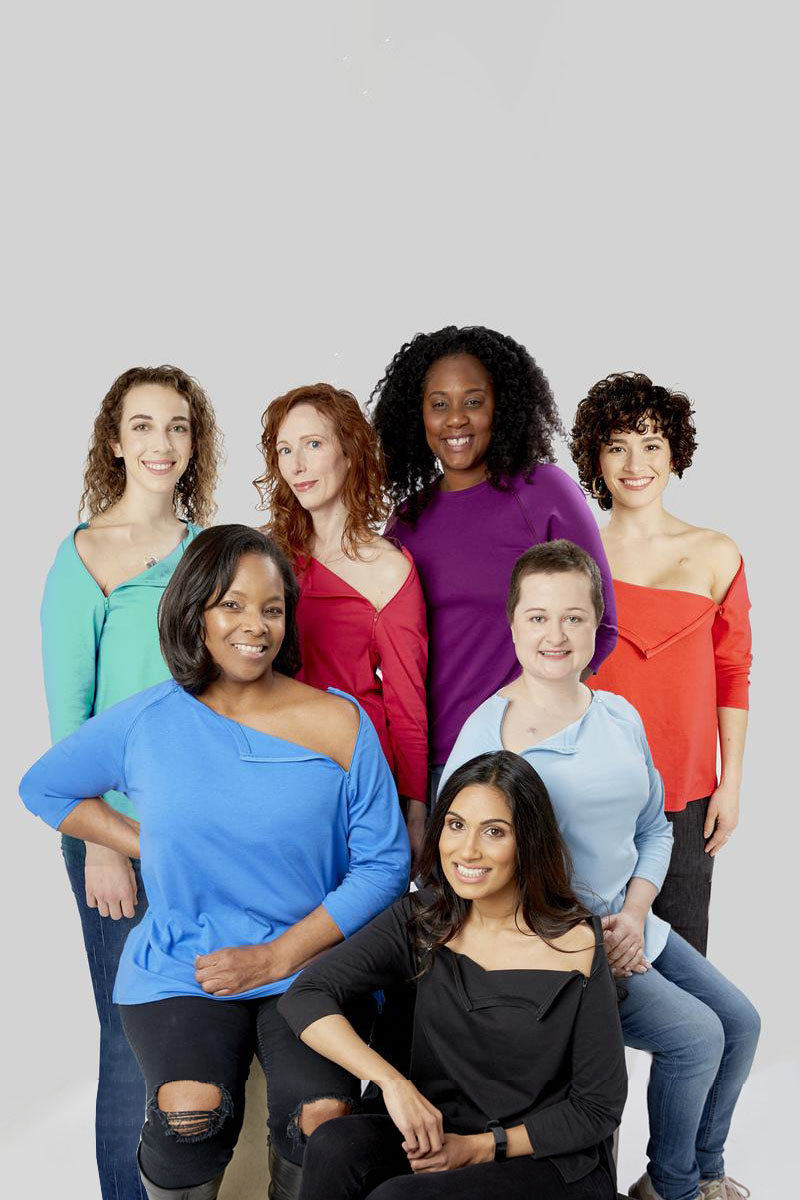
For Gabreelynn, care has taken on many meanings over the years. From her first sickle cell crisis to enduring open-heart surgeries and navigating countless hospital stays, her understanding of what it means to heal has evolved in powerful ways. Through moments of vulnerability, faith, and community, she’s redefined care as something deeper—something rooted in humanity, presence, and love.
Continue reading to learn how Gabreelynn’s journey taught her that care is more than treatment
When My Understanding of Care Shifted
There was a moment during my first sickle cell crisis that completely changed how I understood care. I had been in and out of hospitals before, but this time was different the pain was unbearable, and I felt like my body had turned against me. Everything felt cold and clinical. I remember thinking, this can’t be what healing feels like. Then a nurse came in, and something shifted. She didn’t rush. She didn’t speak to me like I was just another patient on her list. She looked me in the eyes, spoke softly, and simply held my hand. That small gesture of her presence, her patience, her humanity reminded me that care isn’t only about what’s prescribed or charted. It’s about connection. It’s about being seen when you’re at your most vulnerable.
That moment changed me. It taught me that real care heals in ways medicine alone can’t. It’s the warmth in someone’s voice, the comfort of being believed, and the power of compassion in hard spaces. As a therapist and someone living with multiple chronic illnesses, I carry that lesson with me every day. It’s why I advocate the way I do because true healing starts when we treat people, not just conditions.
When Someone Showed Up in an Unexpected Way
One moment that stands out happened after one of my heart procedures. I was physically drained and emotionally trying to hold it all together. A friend, who lives a few hours away, texted me asking how I was doing. I gave the usual answer “I’m okay.” Instead of accepting that, she replied, “No, really. How’s your heart today? How are you feeling emotionally, mentally, and spiritually?”
Something about those words broke through my usual armor. She wasn’t asking about my vitals or pain levels, she was asking about me. That simple shift made me feel seen in a way that medical charts never could. Later that day, she sent a care package with aromatherapy essentials, herbal tea, and a handwritten note reminding me to rest without guilt.
It wasn’t a grand gesture, but it was deeply intentional. It reminded me that support doesn’t have to be loud to be powerful. Sometimes, the most healing thing someone can do is meet you where you are, not trying to fix you, but simply reminding you that you’re not alone.
What a Difficult Season Taught Me About Strength
There was a stretch of time, almost two years that tested me in ways I never expected. It was during what I now call my “PowerPort saga,” when my body and I were both fighting to be understood. The ports were placed, but they didn’t want to stay. One rejected from my body, and the other had to be removed due to infection. I was sick constantly, cycling through bacterial infections month after month, and still, no one could tell me why. Every appointment ended the same way: more confusion, more questions, and another round of antibiotics that offered only temporary relief.
I felt like an anomaly: a case study instead of a person. By the time I developed sepsis and MRSA, I was beyond frustrated with the system. I had done everything possible and yet I was still left without answers. When I was finally diagnosed with Chronic Granulomatous Disease, it was almost bittersweet. There was relief in finally knowing what was wrong, but also grief for everything I had endured to get there.
What got me through that difficult time wasn’t just medical care, it was faith, patience, and the quiet moments where I reminded myself that my story wasn’t over yet. I learned that strength isn’t loud; sometimes it’s the whisper that says, keep going, even when you’re tired of being strong. Keep advocating. Get second, third, and fourth opinions. Because you know your body better than anyone else, and your persistence can become the very thing that saves your life. That season taught me to trust both my body and my voice.
Learning to Care for Myself Differently
After my last open-heart surgery, something in me finally shifted. For so long, I had pushed through recovery after recovery, determined to bounce back quickly, but this time was different. My body demanded stillness, and for the first time, I gave myself permission to rest. Truly rest.
In that season of recovery, I learned the beauty of resting without guilt. Rest used to feel like weakness, but I began to see it as an act of trust: trusting my body, trusting God, and trusting that healing doesn’t require constant doing. It was during that time that I started my blog, Thee Heart of the Matter. Writing became my way of processing, connecting, and finding purpose in the stillness. That moment marked a turning point for me the beginning of learning how to care for myself differently. Not through overextending or striving, but through grace, gentleness, and the quiet acceptance that rest is also a form of strength.
What Care Looks Like for Me Now
Care looks different for me now. It’s slower, more intentional, and rooted in gratitude. These days, care shows up in small rituals that keep me grounded like making a cup of tea in the morning before the world wakes up, journaling through my thoughts, and reminding myself to take deep, mindful breaths.
It also looks like boundaries, saying no when I need to, and choosing peace over pressure. It’s lighting a candle in the evening, listening to soft music, and thanking God for another day to show up even if all I did was rest and breathe. And it’s the people too, the friends who check in or show up with food, the family that prays with me and stands with me every step of the way, and the community of heart and chronic illness warriors who remind me I’m never walking this road alone. Care, for me, is no longer about fixing or proving. It’s about nurturing the parts of me that once felt unseen, and honoring this body that has carried me through so much. That’s what care looks like for me now: steady, soft, and sacred in its own way.










Leave a comment (all fields required)